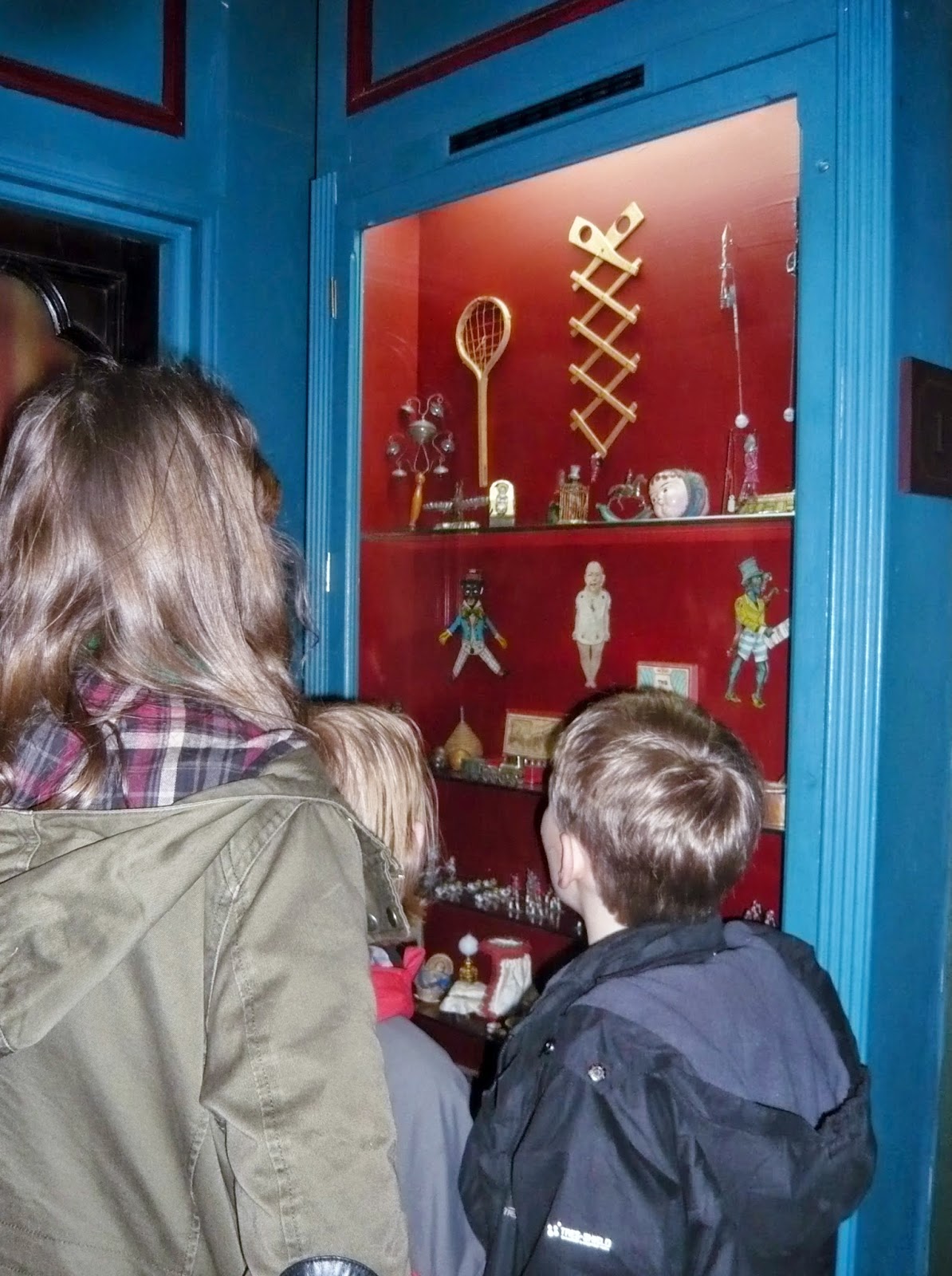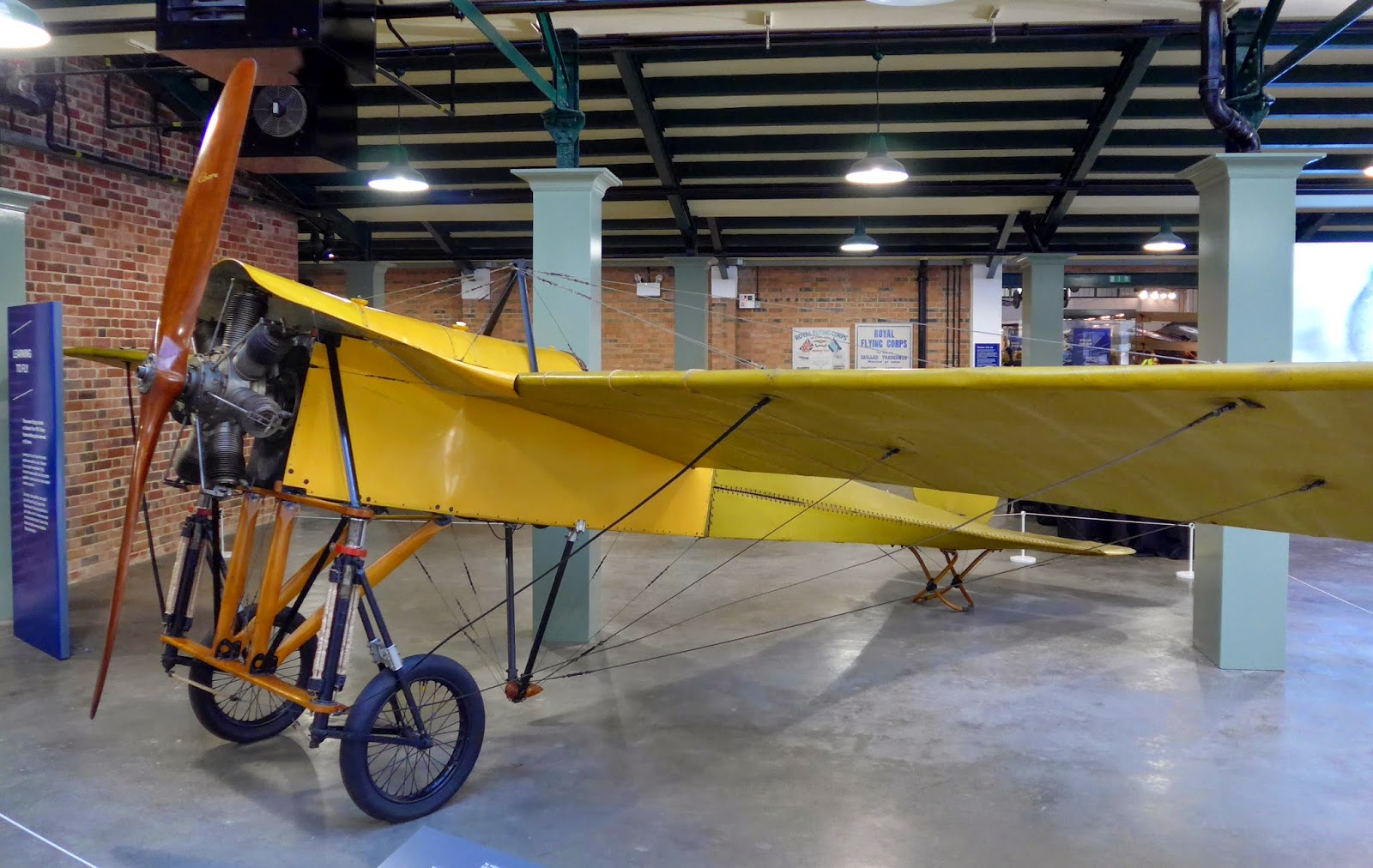If you read my previous two posts on Vimy Ridge in Northern France, about the
Trenches, click here, and the
Memorial, click here, you will know that we visited whilst on a family holiday. As you may be able to guess, I have a reputation for encouraging a museum visit or two, especially when visiting somewhere new and this is not always met with enthusiasm.
However, I did my research, got a good recommendation and was not going to miss this opportunity, two weeks before the centenary of the beginning of the World War One, to visit a First World War site.
So in all, fifteen of us went to Vimy Ridge, aged three (my youngest nephew) to seventy-two (my dad).
From arriving and seeing bomb craters, to the memorial, trenches, tunnels and visitor centre, everyone was captivated. In fact my family were so keen that we were often (perhaps annoyingly) one step ahead with our questions. Our guide often replied, "I was just coming to that".
Our guide, Francoise, a Francophile Canadian bought so much to life with stories, information, questions and answers. No question was too much trouble and every one was answered, and he even let the group answer questions and share their stories.
A big public thankyou to Francoise!
In the car heading back, we listened to Terry Deary, his 'Horrible History' of the First World War.
That evening at dinner (not at my instigation) my sister in law asked the kids if they had had a good day. They had. She then asked them "what they had found out today?" I got my notebook out immediately and began scribbling. Here's what they found out.
"Four out of twenty soldiers got stuck (and died) in the mud." age 10
"Returning soldiers (after the war) were treated badly,
especially those wounded and disabled." age 11
"The soldiers got to know each others faces." age 3 (very nearly 4)
"Adolf Hitler killed himself." age 10
"Hitler survived the whole of World War One as a runner." age 11
"Hitler was the fastest communication runner." age 7
"When you went for a pee, you had to pull your trousers down and have a white flag
as they didn't have toilets in the trenches." age 13
"If you go back (desert the front line) you get shot by your own team mates." age 11
"When trenches are close to each other, they can make truces with each other
so they could do certain things, like Christmas
and agree that they wouldn't throw hand-grenades." age 11
"8 million people died in the war, 20 million died of spanish flu in the world after the war." age 11
"There was 30 meters between the trenches." age 15
"If you were a runner, you would only survive (on average) for four days." age 7
"To find out how far away the gun shot was,
you listened to the gap between the light flash and the sound." age 11
"If you go into the middle of no mans land and the other person goes into the middle
with a white flag, you could have a chat." age 10
"On no mans land, the only thing that could grow is poppies." age 11
I'm sure this isn't just what they learnt at Vimy Ridge, whilst there, we didn't talk about Christmas, nor the poppies. However, it's interesting what children take on board, what they find interesting and important. It's mostly about the human experience of war, about getting stuck in the mud, what happens if you desert, going to the toilet, truces, returning home after the war, and enemies and allies talking to each other.














.JPG)
.JPG)
.JPG)
.JPG)
.JPG)



































.JPG)